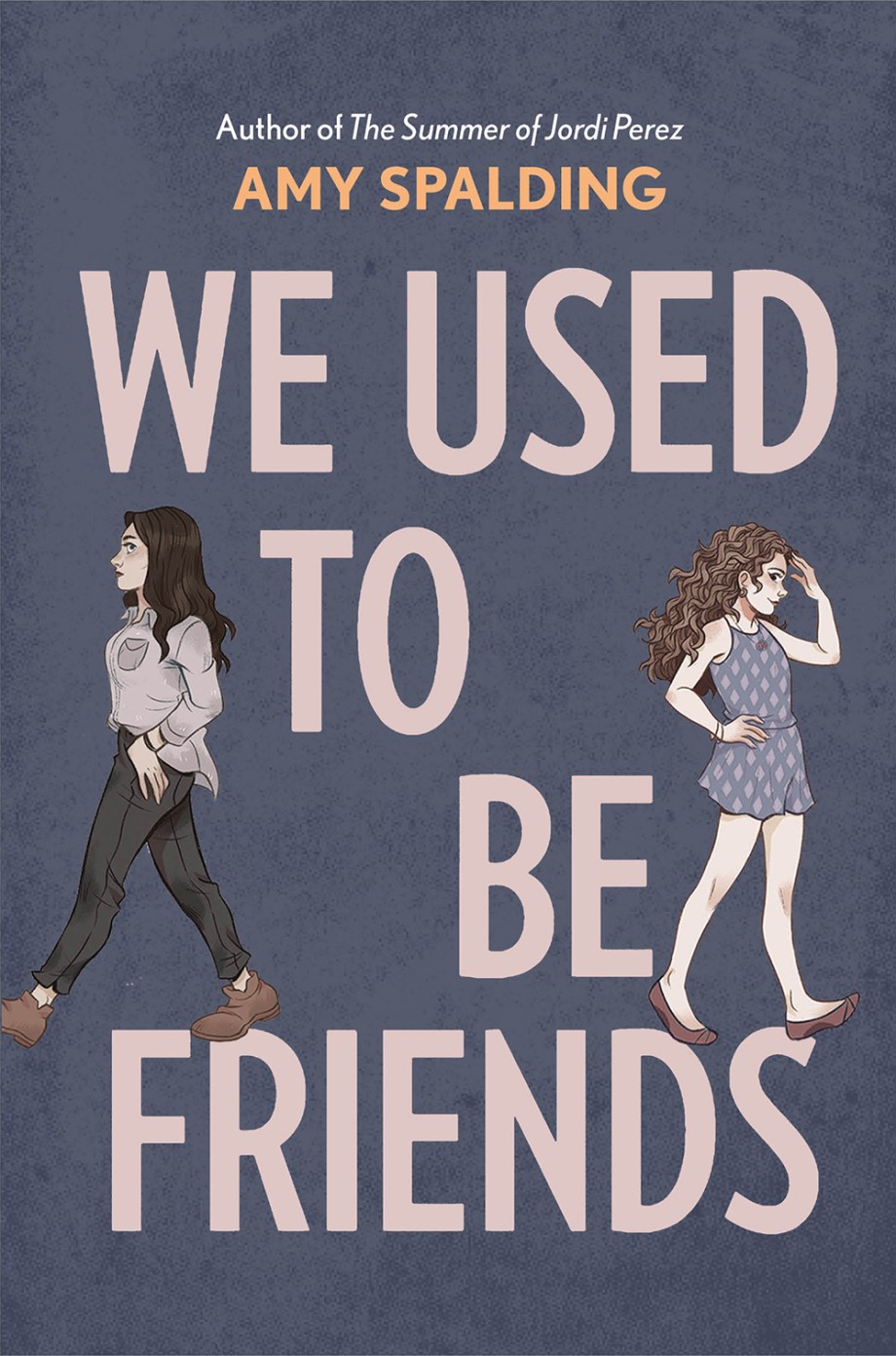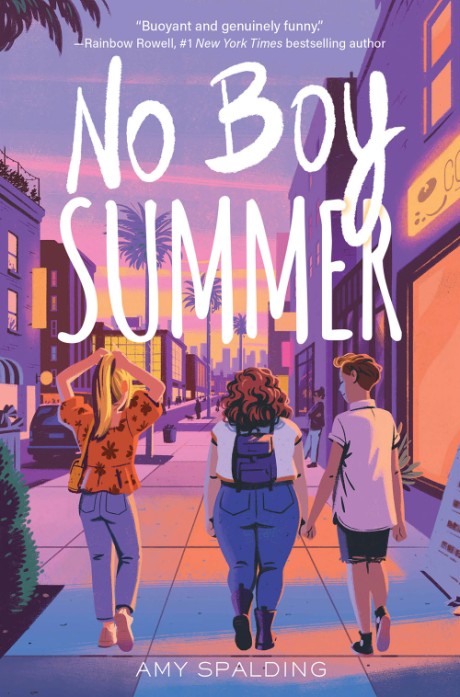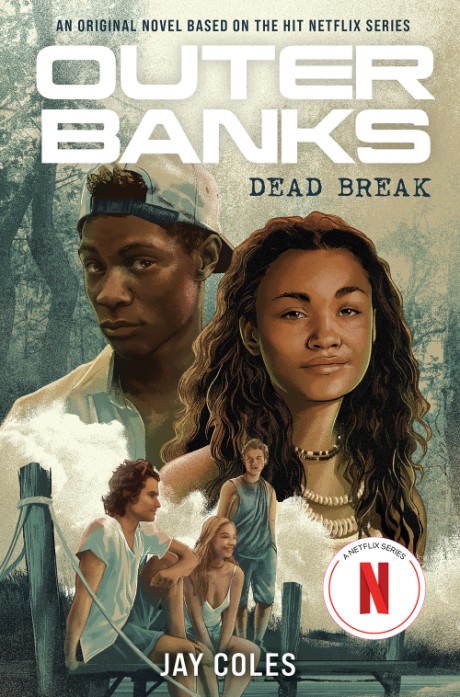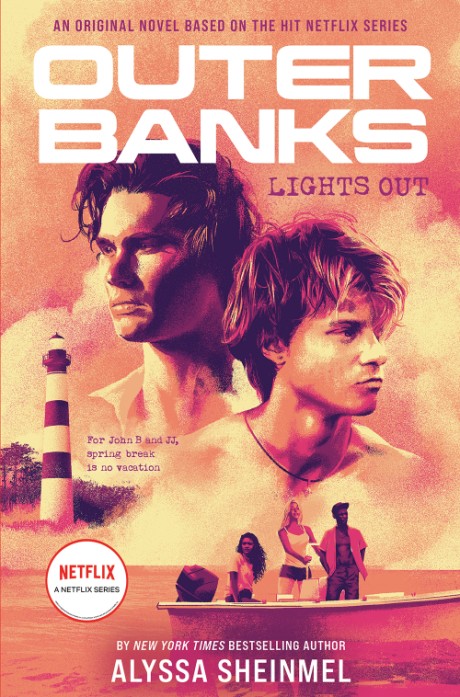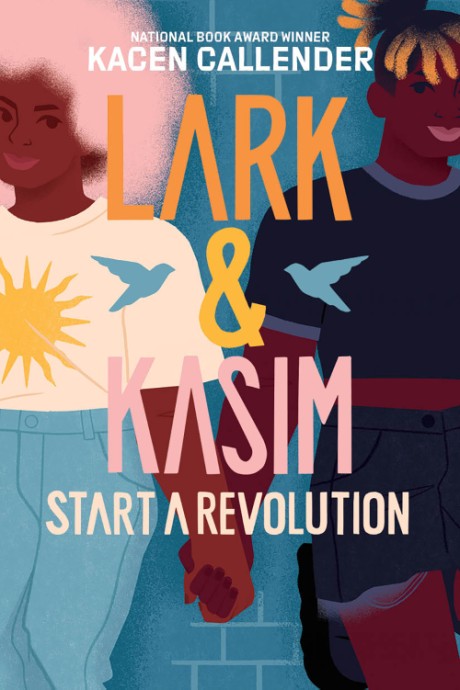Two best friends grow up—and grow apart—in Amy Spalding’s innovative contemporary YA novel.
Told in dual timelines—half of the chapters moving forward in time and half moving backward—We Used to Be Friends explores the most traumatic breakup of all: that of childhood besties.
At the start of their senior year in high school, James (a girl with a boy’s name) and Kat are inseparable, but by graduation, they’re no longer friends. James prepares to head off to college as she reflects on the dissolution of her friendship with Kat while, in alternating chapters, Kat thinks about being newly in love with her first girlfriend and having a future that feels wide open.
Over the course of senior year, Kat wants nothing more than James to continue to be her steady rock, as James worries that everything she believes about love and her future is a lie when her high-school sweetheart parents announce they’re getting a divorce.
Funny, honest, and full of heart, We Used to Be Friends tells of the pains of growing up and growing apart.
“Amy Spalding knows that best friendships are love stories, and this one is complex, earnest, and unflinching. A must-read for anyone who’s ever had or lost a friend.” —Becky Albertalli, New York Times bestselling author of Simon vs. the Homo Sapiens Agenda
Praise
“Amy Spalding knows that best friendships are love stories, and this one is complex, earnest, and unflinching. A must-read for anyone who's ever had or lost a friend.”Becky Albertalli, New York Times bestselling author of Simon vs. the Homo Sapiens Agenda
—
“We Used to Be Friends chronicles the end of a friendship with a bittersweet authenticity balanced by Amy Spalding's trademark humor. This book will break your heart only like a best friend can.”Maurene Goo, author of Somewhere Only We Know
—
“Amy Spalding spins a story of friendship, family, love, and longing as perfect and bittersweet as the last days of summer.”Rebecca Podos, Lambda Literary Award-winning author of Like Water
—
"In alternating first-person perspectives, James and Kat each tell their stories, and despite their flaws, both become deeply sympathetic characters throughthe course of their narratives. . . The nonlinear structure adds some suspense to what is otherwise a bittersweet and potent examination of friendship, its failings, and its worth."Booklist
—
"A good exploration of the heartbreak of losing a friend—and learning about oneself in the process."Kirkus Reviews
—
"The author effectively conveys the ways that a desire for perfection can keep people at arm’s length, how not telling people things makes it harder to tell them later, and how silence can come to feel like a lie... Spalding shows with sensitivity how the pain of losing a close friend can seep into everything."Publishers Weekly
—
"Teens hurting from any breakup can find some solace here; while the book makes clear that sometimes splitting up is inevitable, it holds out hope that time apart and open conversations can bring people back together."Bulletin of the Center for Children's Books
—
"A captivating snapshot of a friendship that many teens will relate to. Spalding explores important questions while lyrically weaving the two stories together."School Library Journal
—



